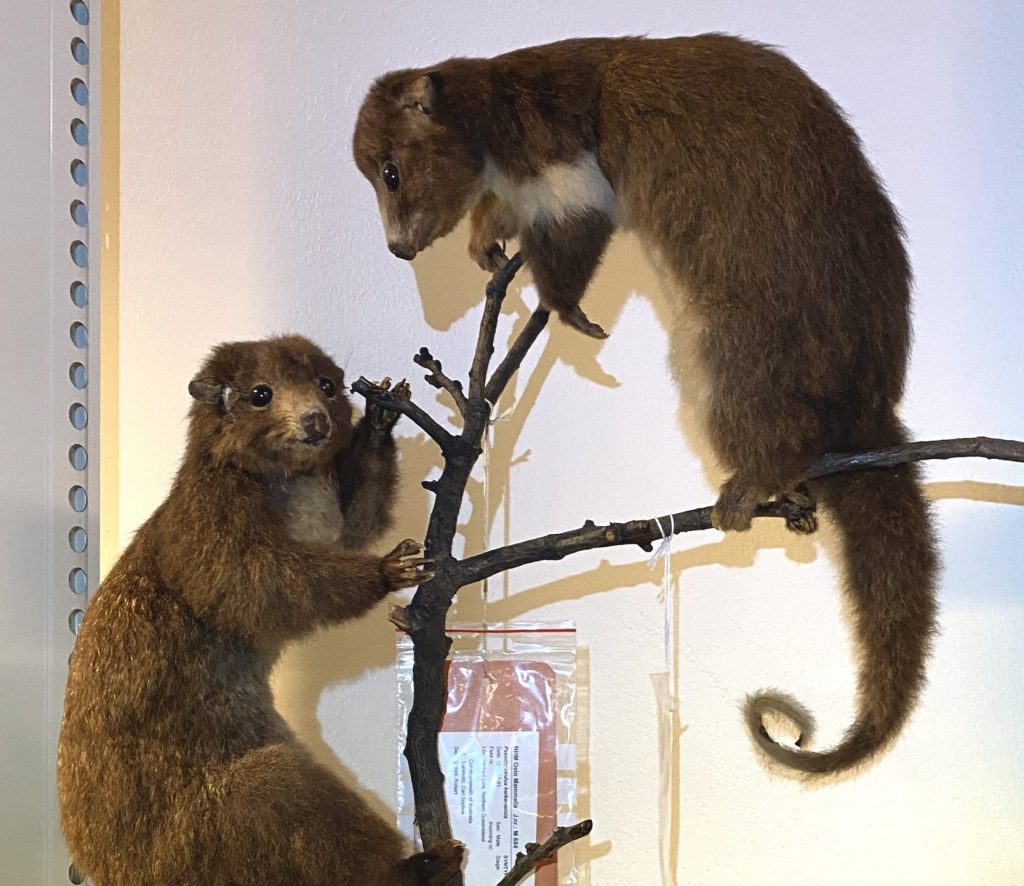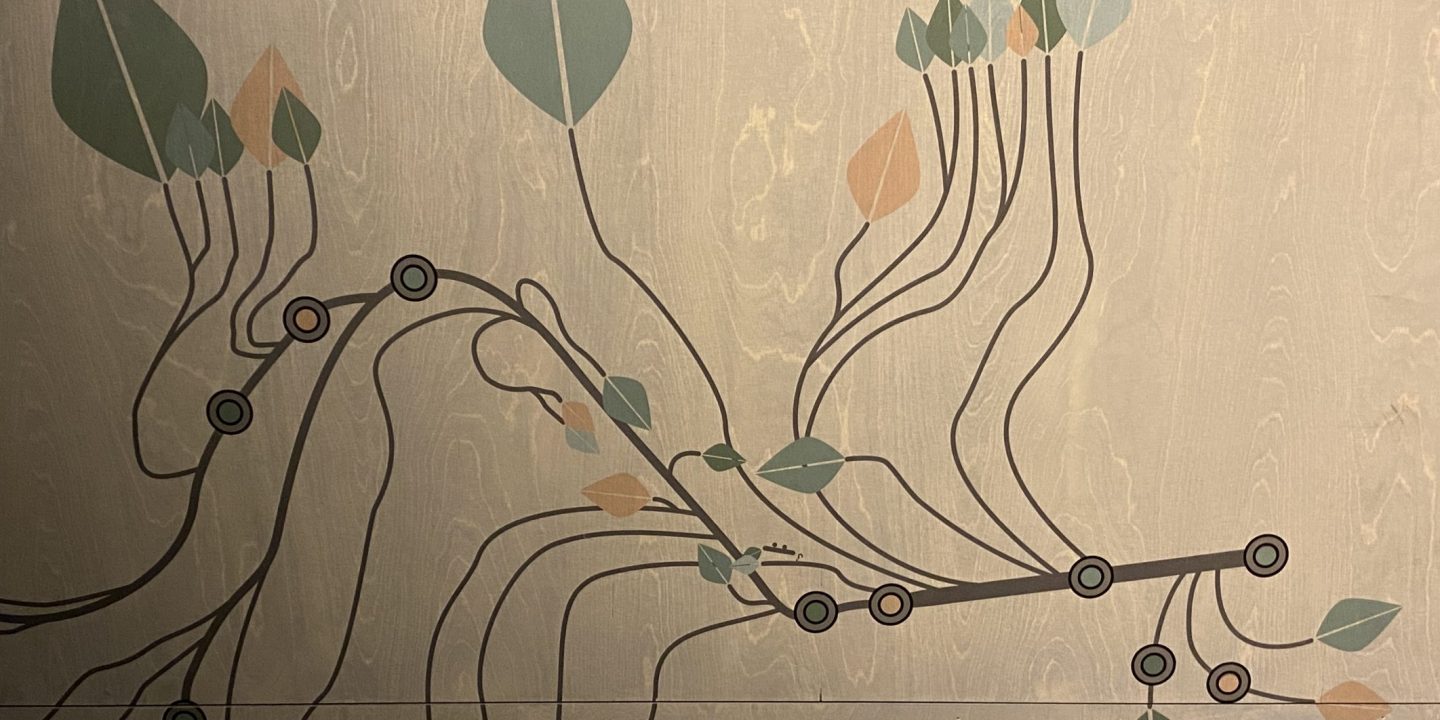Natural history collections contain a plethora of objects, organisms, and information, representing real-world diversity, variation, and relationships. Collections allow scientists to understand and classify the natural world. Within biology, scientists classify and categorize animal species using taxonomy, a classification system based on the identification, description, and naming of individual specimens. Once taxonomically identified, specimens/individuals of both living and dead animals can be systematically understood (i.e., organized) based on their evolutionary relationships and interactions among species, individuals, and the environment.
Among biological collections some specimens are particularly special; namely, type specimens, which are individuals considered “typical” of their species and have been thoroughly described by taxonomists in scientific publication. While there are various categories of type specimens (e.g. holotype, paratype, syntype, etc.; check out the blog post by the Western Australian Museum), once published other scientists use the descriptions and type specimens as gold standard references to identify, compare, and study species and systems.

Comprised of world-wide paleontological, botanical, and zoological assemblages that have been collected over the last 200 years, the Oslo Natural History Museum curates over 6.2 million specimens in their collections. Among the zoological collections, type specimens can be found in the mammal, bird, fish, and herptile collections. Mammal type specimens, spanning 16 taxa, were obtained in Indonesia and Australia (one from Ecuador) between 1881 and 1953 (see Figure 1). Bird type specimens consist of 13 different taxa from Australia, Indonesia, and Tristan de Cunha Islands gathered between 1873 and 1938. Among the fish, there are 81 different taxa of type specimens, that were collected between 1864 and from Alaska, Australia, Norway, and other various locations. With three and seven unique taxa, respectively, amphibian and reptile type specimens in the zoological collections, originating from Australia, Borneo, Sumatra, and Unguja (i.e., Zanzibar). Amphibian and reptile types were collected between 1888 and 1915.
![]()

2 Comments on “The Most Typical of All: Museum Type specimens”